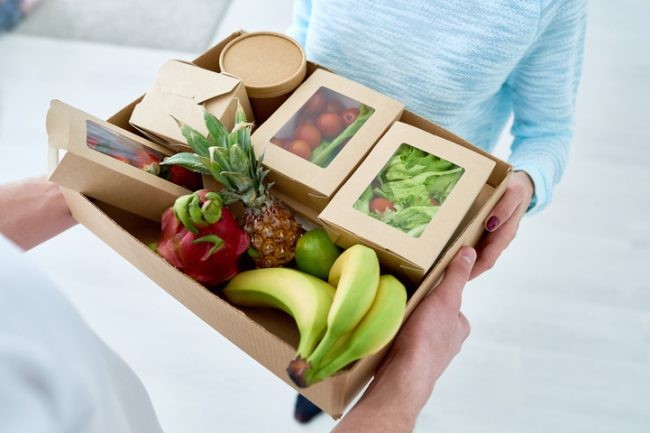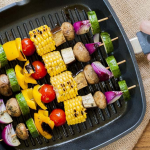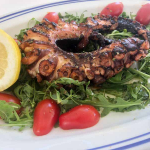The meal kit delivery market has seen explosive growth in recent years, catering to consumers’ desire for convenience, variety, and healthy eating options. As this market expands, so does the complexity of its cold chain logistics, requiring meticulous planning and execution to ensure that fresh ingredients reach consumers in peak condition. The intricacies of managing temperature-sensitive products, combined with the demand for eco-friendly packaging and efficient distribution, present unique challenges and opportunities. This blog post delves into the critical cold chain considerations for the meal kit delivery market, highlighting innovative practices that are ensuring quality, sustainability, and customer satisfaction.
Temperature control and monitoring
Maintaining the correct temperature from warehouse to doorstep is paramount in the meal kit delivery service. Any deviation can compromise the freshness and safety of the ingredients. Advanced temperature monitoring technologies, such as iot-enabled sensors, offer real-time tracking of temperature conditions inside the packaging. These technologies allow for immediate corrective actions if temperatures fluctuate outside the safe range, ensuring that the quality of the ingredients is preserved throughout the delivery process.
Sustainable packaging solutions
The environmental impact of packaging is a significant concern for the meal kit delivery industry. Consumers are increasingly mindful of their ecological footprint, prompting companies to explore sustainable packaging options that maintain temperature control without compromising the planet. Innovations in this space include biodegradable insulating materials, such as recycled denim or jute, and reusable ice packs. Some companies are even experimenting with returnable packaging systems, where customers can send back packaging for reuse, significantly reducing waste.
Optimizing last-mile delivery
The “Last mile” of delivery is often the most challenging and costly part of the cold chain in meal kit logistics. Optimizing these routes is crucial for minimizing transit times and ensuring meals arrive fresh. Companies are leveraging advanced logistics software that uses ai and machine learning to analyze traffic patterns, weather conditions, and delivery schedules, creating the most efficient routes. Furthermore, the use of electric or hybrid vehicles for deliveries is gaining traction, reducing carbon emissions and aligning with the sustainability goals of both the companies and their customers.
Managing inventory with predictive analytics
Predictive analytics is transforming how meal kit companies manage their inventory, reducing waste, and improving efficiency. By analyzing customer preferences, seasonal trends, and historical data, companies can forecast demand more accurately, ensuring they only source what is needed. This not only minimizes food waste but also enhances the sustainability of the supply chain. Predictive analytics can also inform menu planning, helping companies to offer a variety of dishes that align with customer tastes and seasonal availability of ingredients.
Customization and flexibility
The ability to customize orders is a significant value proposition for meal kit services. Cold chain logistics must be agile enough to handle this customization without compromising the integrity of the supply chain. This requires sophisticated logistics platforms that can manage diverse inventory, assemble customized kits, and ensure that all components are stored and transported under optimal conditions. Flexibility in delivery scheduling, allowing customers to choose delivery times that ensure they can immediately store the ingredients, is another important aspect of maintaining product quality.
Strengthening supplier partnerships
The quality of a meal kit begins with the quality of its ingredients, making strong partnerships with suppliers critical. Meal kit companies are working closely with farmers and producers to ensure that products are harvested and transported under conditions that preserve freshness until they reach the packaging facilities. This often involves integrating suppliers directly into the cold chain logistics system, providing them with the tools and technologies needed to monitor and control temperature from the point of origin.
Conclusion
The meal kit delivery market’s rapid growth brings to light the critical role of cold chain logistics in ensuring the quality, safety, and sustainability of the service. Through innovative approaches to temperature control, sustainable packaging, last-mile delivery optimization, inventory management, customization, and supplier partnerships, companies can meet consumer expectations and navigate the complexities of delivering fresh, delicious, and environmentally responsible meals. As the market continues to evolve, so too will the strategies and technologies driving the cold chain, promising an exciting future for meal kit delivery services.











